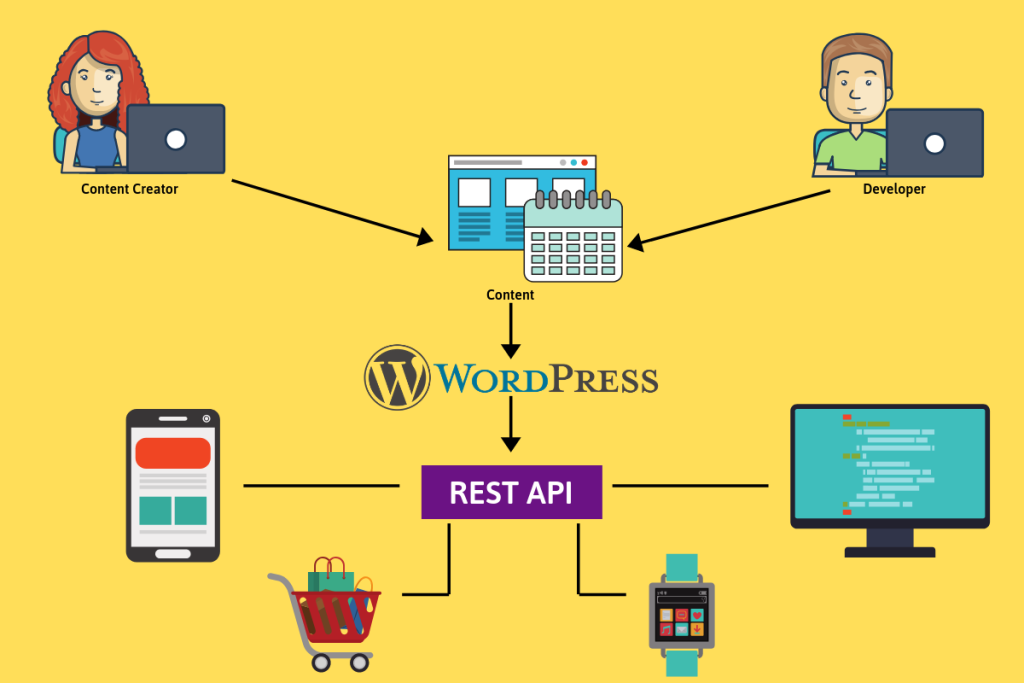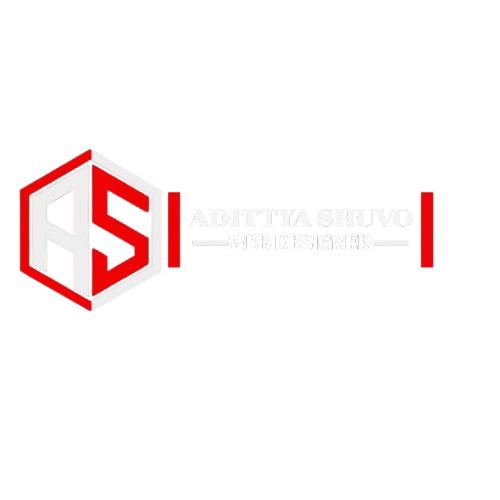What Is Headless WordPress (And How to Use It in 2025)
Thinking beyond traditional WordPress? Headless WordPress is gaining popularity among developers and content creators who want speed, flexibility, and full design control. Let’s explore what it is, how it works, and when you should consider using it.

What is Headless WordPress?
In a normal WordPress site, the backend (where you write content) and the frontend (what visitors see) are connected — this is called a monolithic structure.
With Headless WordPress, you’re separating the two:
- WordPress still powers your content in the backend.
- But the frontend is built using a modern framework like React, Vue, or Next.js.
In simple terms:
You keep the brain (WordPress), but replace the face (theme) with something custom.
How Headless WordPress Works
- Content Management:
Use WordPress just like you normally do to add and manage blog posts, images, and pages. - API Access:
WordPress exposes your content via:- The REST API (built-in)
- Or GraphQL (using a plugin like WPGraphQL)
- Frontend Rendering:
Use a JavaScript framework (e.g., React, Next.js) to fetch and display your content however you like.
Why Use Headless WordPress?
- Speed & Performance
Frameworks like Next.js offer lightning-fast page loads and SEO benefits with static generation or server-side rendering. - Design Freedom
You’re not limited by WordPress themes. Build unique, app-like designs. - Better Security
With no direct access to the WordPress frontend, it’s harder for hackers to exploit your site. - Multi-Platform Content Delivery
Use the same WordPress content on your website, mobile app, and even IoT devices.
Suggested Images
- Traditional vs Headless WordPress Diagram
Show the difference between a coupled and decoupled setup. - API Flow Graphic
Visual of WordPress → REST/GraphQL API → Frontend framework (React, Vue, etc.) - When to Use Headless – Decision Tree
Simple flowchart: small blog = no, large scalable app = yes.
Tools You’ll Need
- WordPress (as CMS)
- REST API / WPGraphQL plugin
- Frontend Framework – Next.js, Gatsby, Vue, or React
- Hosting – Vercel, Netlify, or traditional server
- Version Control – GitHub, GitLab
Real-World Use Case
Let’s say you’re building a SaaS website with a dynamic front end and app-like feel. Your content team continues using WordPress, while the development team builds a fast frontend using Next.js. Users get an ultra-smooth experience, and your content team stays happy with the WordPress dashboard.
When Should You Use Headless WordPress?
Use it if:
- You need high performance and scalability
- You want total control over the frontend
- You’re building for multiple platforms
Avoid it if:
- You’re creating a simple blog or portfolio
- You rely heavily on WordPress themes and plugins
- You want to launch quickly without a developer
Final Thoughts
Headless WordPress gives you the best of both worlds — the powerful content management of WordPress and the flexibility of modern frontend tools. While it’s not the easiest setup, it’s a game-changer for developers building fast, modern digital experiences.
Let me know if you want this turned into a downloadable blog format, visual post layout, or an Elementor block version!






